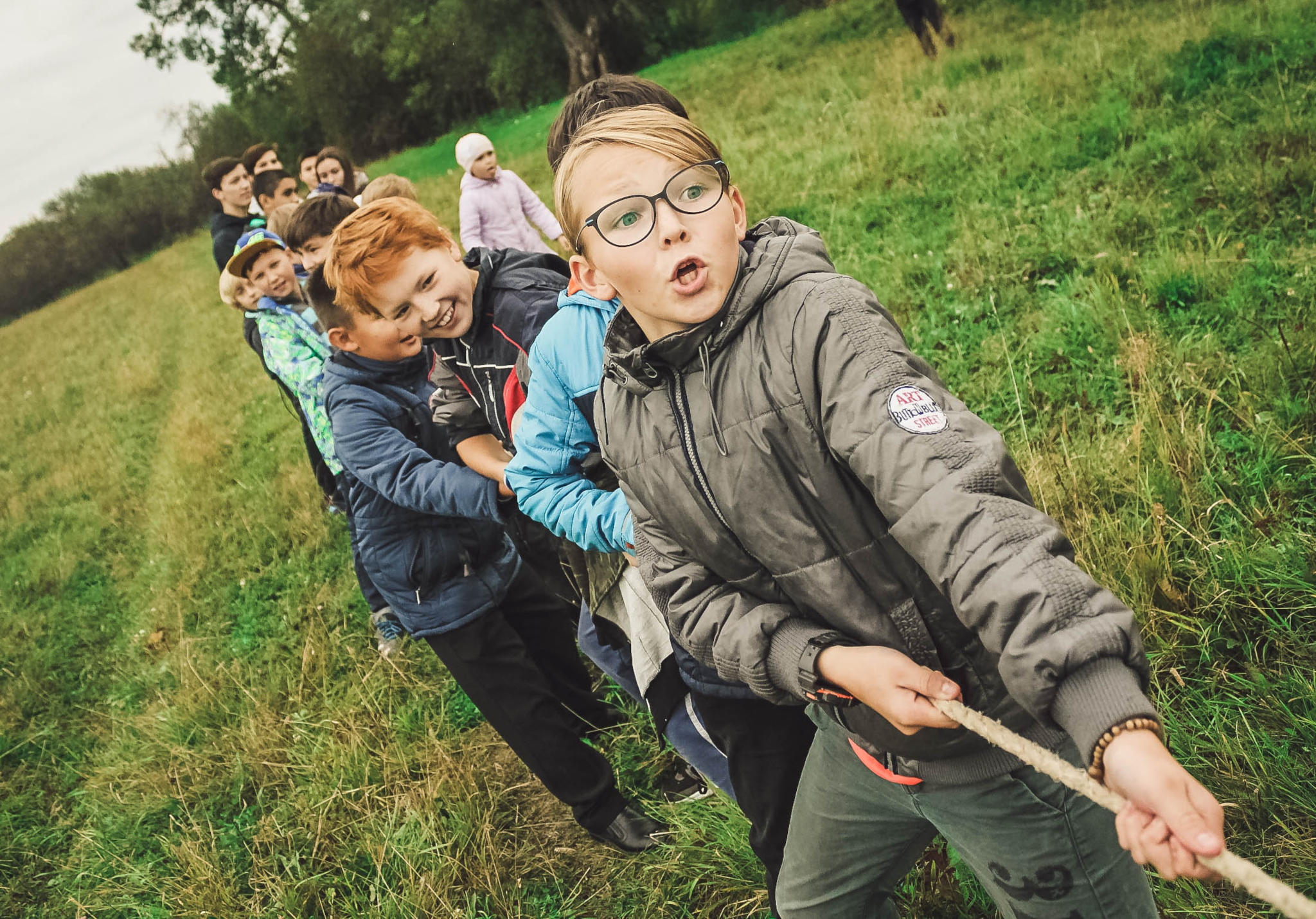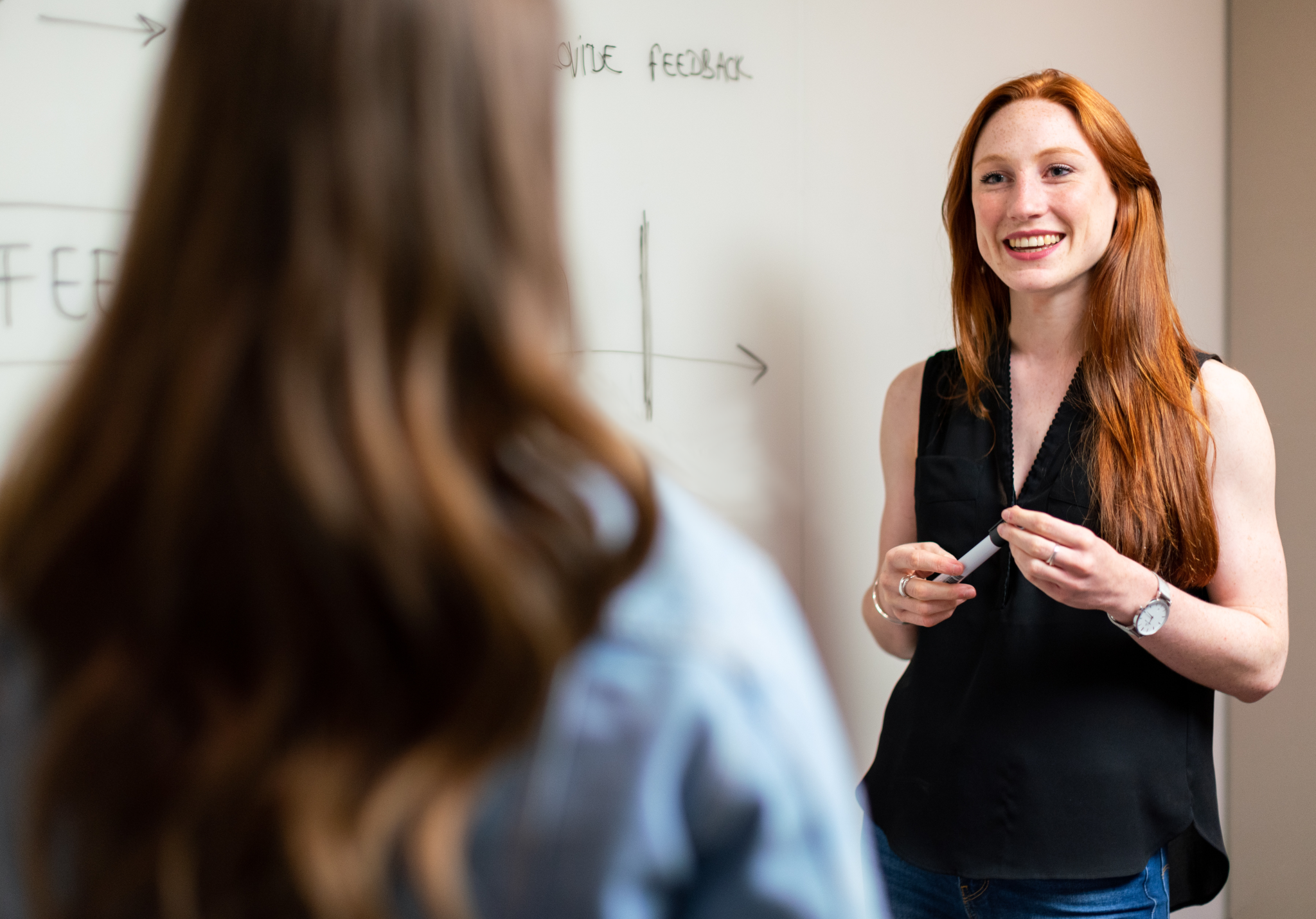As a 21st-century teacher, you’ve probably heard of 21st-century skills that are essential in the classroom: the broad range of competencies that students need to navigate our changing world. P21’s Framework for 21st Century Learning places the 4 Cs — critical thinking, creativity, collaboration, and communication — alongside literacy and life skills as essential qualities for 21st-century learners to master.
As transferable “soft” skills, they can be integrated across subject curricula. Despite the name, they’re not specific to more modern subjects like ICT. In fact, educators have been training students in some of these skills for hundreds of years!
Let’s take a look at the most commonly designated 21st-century skills in the classroom, and how you can integrate them into your teaching practice.
What are the 4 Cs? 21st-century learning skills in the classroom
1. Critical thinking
Critical thinking describes the ability to analyze, synthesize, and come to rational conclusions about information that comes our way. Experts have emphasized the need for more critical thinking training in schools.
To nurture students’ critical thinking skills, ask open-ended questions and encourage students to work their way towards their own conclusions. Ask students to question their assumptions, and be open to challenges from students when they question yours!
Class discussions are a great way of honing students’ critical thinking capabilities. Debating important issues — where students might disagree and have strong opinions — and encouraging them to back up their positions with arguments and evidence will turn them into stronger thinkers. There are countless such debate ideas in Kialo Edu’s Topic Template Library!
2. Creativity

Creativity describes the ability to produce diverse and unique ideas. It’s not just important in expressive subjects such as art or creative writing — creative thinkers are able to problem solve and advance innovative solutions.
Help students hone their creative thinking by giving them space to experiment with novel ideas and approaches. A project-based learning approach allows students flexibility in executing assignments, which prompts them to make creative decisions within a meaningful context. When students have more choices, they feel stronger ownership over their learning process.
3. Communication
Students need to be able to express their ideas clearly, efficiently, and with the appropriate audience in mind. Teachers should give students opportunities to communicate across different media and in different environments.
Guide students to become confident speakers and considerate listeners. Class presentations are an effective way of building students’ public speaking abilities. Have students practice their presentations in groups, and provide each other with encouragement and constructive feedback. You can promote peer-to-peer communication during whole class presentations by designating groups of question-askers for each presenter.
Similarly, having classroom discussions can help students to feel comfortable expressing themselves while training them to communicate effectively. Always set up ground rules for discussion, and work to promote a culture of civil discourse in the classroom.
To integrate technology, why not try using Kialo Edu to have online, written discussions? These give students more time to clarify their thoughts and can take some of the heat out of classroom debates on sensitive or controversial topics.
4. Collaboration

Collaboration describes the ability to work collectively with others towards a shared goal. It includes the interpersonal skills necessary to work harmoniously with others or mitigate problems when they arise. Being able to accept and deliver meaningful feedback, and compromise on your own vision, are all key aspects of collaboration.
Group activities with explicit goals, defined responsibilities, and a clear structure can help to foster meaningful collaboration. Consider asking the class to work together to generate their own assessment rubric for a given assignment – it could be for an essay, presentation, or project. Have students consider the problem, brainstorm in groups, present to the class, and deliberate until they agree on the final rubric: That’s all of the 4 Cs in one activity!
The benefits of 21st-century literacy skills for students
Under the framework of 21st-century skills in the classroom, literacy encompasses not just reading and writing, but information literacy, media literacy, and technology literacy. Students should be capable users of modern technology, able to reap its benefits, and also aware of potential dangers around internet security or online misinformation.

To become responsible digital citizens, help your students to identify reliable and unreliable sources of information online. Develop a code of conduct for digital interactions in your class, so that students can build healthy online habits that will see them through to later life.
The benefits of 21st-century life skills for students
Like the 4 Cs, educators have been instilling life skills in their students since long before the invention of the internet! A 21st-century framework focuses on the explicit teaching of the social-emotional competencies needed to navigate group dynamics and personal challenges. These include flexibility, initiative, productivity, leadership, and social skills.
Try to cultivate students’ self-awareness of their own social-emotional needs by creating periods of reflection through journaling or check-in activities. Encourage a growth mindset by emphasizing the process of learning, presenting challenges as opportunities to think deeper about a problem rather than failures.
Sometimes the language of 21st-century skills seems all-encompassing — it’s a pretty exhaustive list! Luckily, educators include many of these across their lessons already. The difference in a 21st-century approach is that it entails an explicit awareness and incorporation of these into a teacher’s practice.
How has your experience been teaching 21st-century skills to your students? Let us know at feedback@kialo-edu.com, or reach out to us on social media!
Looking for more inspiration on how to teach critical thinking in your classroom? We’ve got lots of other resources!

